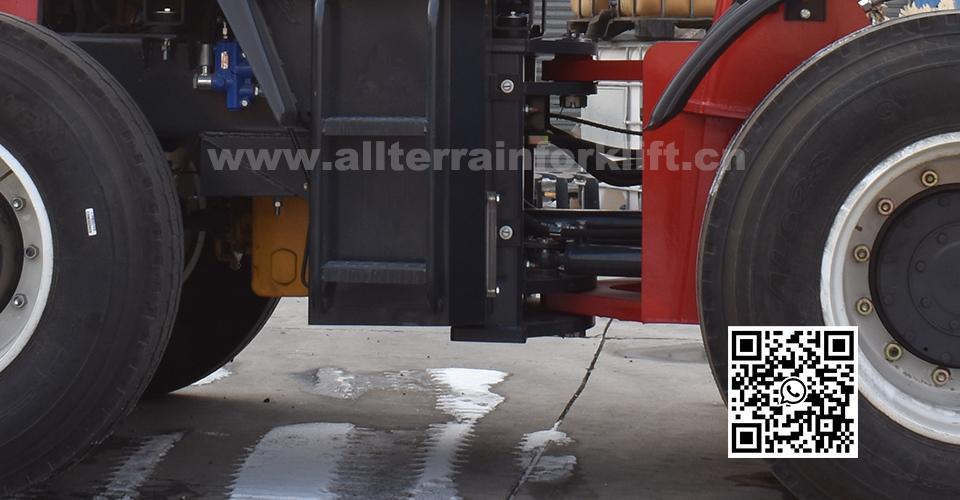News

The transmission system is the backbone of articulated off road forklifts, providing the crucial link between the engine's power and the wheels' motion. This article delves into the intricacies of the transmission system, exploring how it enhances the versatility and efficiency of these specialized forklifts.

1. Articulation and Steering Integration: The unique feature of articulated forklifts lies in their ability to articulate, or bend, in the middle. This articulation is intricately linked with the transmission system, allowing for seamless steering control and enhanced maneuverability in challenging terrains.
2. Hydrodynamic Torque Converter: Many articulated off road forklifts employ a hydrodynamic torque converter as part of their transmission system. This component efficiently transfers power from the engine to the transmission, allowing for smooth acceleration and effective power distribution.
3. Variable Speed Transmissions: Variable speed transmissions are a hallmark of articulated forklifts. These systems enable operators to adjust speed smoothly, catering to the demands of different terrains and loads. The flexibility provided by variable speed transmissions contributes to optimal performance.
4. Four-Wheel Drive Capability: The transmission system plays a pivotal role in enabling four-wheel drive capability, a necessity for navigating challenging off-road environments. This feature ensures that power is distributed to all wheels, providing enhanced traction on uneven surfaces.
5. Differential Locks for Traction: Off-road conditions often require superior traction. The transmission system incorporates differential locks that can be engaged to ensure all wheels rotate together, preventing slippage and enhancing overall traction in muddy or uneven terrains.
6. Efficient Power Distribution: A well-designed transmission system ensures efficient power distribution to both the front and rear axles. This balanced distribution enhances stability and control, crucial factors when operating in unpredictable outdoor environments.
7. Integrated Control Systems: The transmission system is integrated with advanced control systems, allowing for precise adjustments based on operating conditions. This integration enhances operator control and contributes to overall efficiency.
8. Maintenance and Longevity: Regular maintenance of the transmission system is essential for prolonged longevity and optimal performance. Lubrication, fluid checks, and prompt addressing of any issues are crucial practices to ensure the reliable operation of the articulated forklift.
Conclusion: The transmission system of articulated off road forklifts is a complex and integral component, seamlessly blending articulation, power distribution, and control. Its design and capabilities empower these forklifts to navigate challenging terrains with ease, providing operators with a reliable and efficient tool for diverse outdoor applications. As technology continues to advance, the transmission system remains at the forefront, driving the evolution of these versatile machines.

Copyright © 2020-2024 Shandong GZ Forklift Co., Ltd. All Rights Reserved. | Sitemap